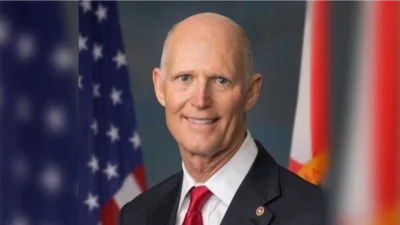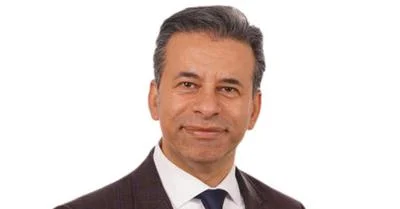San Juan, Puerto Rico - Disaster Survivor Assistance (DSA) crews from FEMA are going door-to-door, canvassing neighborhoods and helping Hurricane Fiona-impacted residents register for FEMA disaster assistance. DSA teams can also help survivors update their information and assist with referrals to voluntary agency partners.
To date, 24 DSA crews in Puerto Rico have registered more than 3,700 residents, updated nearly 1,200 cases and referred more than 2,600 survivors to voluntary agencies. Crew members are visiting homes, schools, nonprofits and communities with limited access. They are also meeting with local officials and community leaders to identify disaster-related issues and unmet needs.
“FEMA DSA crews are in the field and are canvassing some of Puerto Rico’s hardest hit communities," said FEMA Federal Coordinating Officer Nancy Casper. “They are a critical part of our mission not only because they provide in-person support, but they help identify populations that have limited access to communications."
During natural disasters, underserved and socially vulnerable communities tend to suffer the most because they face major challenges to prepare for and recover from a disaster. “FEMA will continue to ensure equitable access to our programs and services and will assist all survivors on their road to recovery," FCO Casper added.
Meanwhile, the governor of Puerto Rico, Pedro R. Pierluisi, pointed out that the government is working together with federal agencies, including FEMA, for the island’s prompt recovery. “Like thousands of local government employees, there are thousands of Puerto Ricans working at FEMA, who left their families behind to work for our island’s recovery before, during and after hurricane Fiona. I urge everybody directly affected by Fiona to submit their claims and provide them the necessary information. Their work and commitment are extremely important for our most vulnerable communities."
Many DSA crew members in Puerto Rico are also hurricane survivors and know firsthand what it is to be without power and water for an extended time. As they visit remote communities and speak with residents, FEMA responders may encounter people with immediate or unmet needs. In Barriada Marín, in Arroyo, DSA Crew Lead Julie Rivera met with survivors living in unhealthy conditions, some individuals were elderly with mobility disabilities and low vision. Rivera assisted residents of this community by assessing and understanding their needs and helping them update information in the disaster assistance portal. Rivera was also able to connect staff from local housing and family departments with residents of this community to provide additional assistance.
DSA crews never ask for a fee or accept money for disaster assistance or help filling out applications. DSA crews wear a FEMA identification badge with a photograph - a FEMA shirt, vest or jacket is not proof of identity. They may offer residents the opportunity to use a tablet to register for assistance or ask residents for permission to enter information on their behalf.
Residents are not required to share personal information unless they need a DSA specialist to help them with registration or answer specific questions about their application status. Residents are encouraged to ask for federal identification before providing any personal information.
People affected by the hurricane in the 78 municipalities of Puerto Rico don’t have to wait for a DSA crew to visit them. Survivors can also apply for assistance by downloading the FEMA app, online at DisasterAssistance.gov, or by calling 1-800-621-3362. People who use a relay service such as video relay service (VRS), captioned telephone service or others, provide FEMA the number for that service. Phone lines operate from 7 a.m. to 2 a.m. seven days a week.
Source: Department of Homeland Security, Federal Emergency Management Agency








